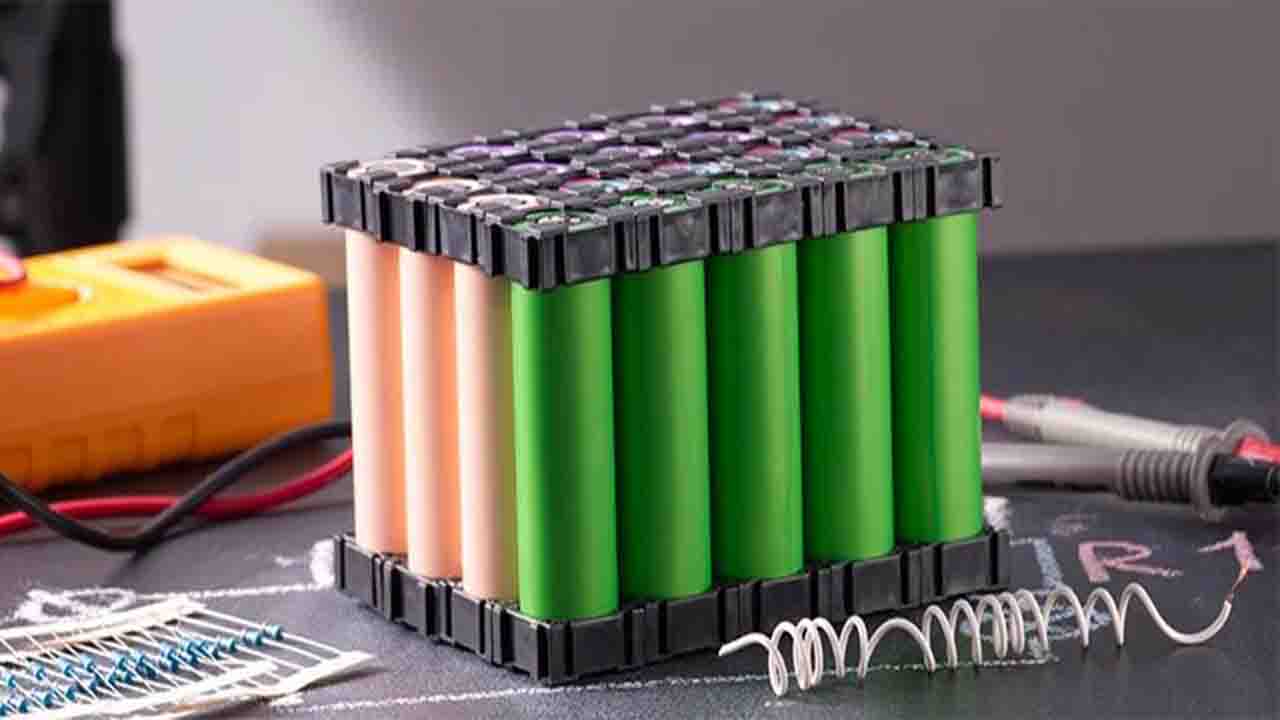In the early 20th century, Britain’s Royal Navy underwent a significant transformation when it shifted its ships from coal to oil for propulsion. This shift was not without concerns, as oil had to be imported, raising worries about potential supply disruptions. Winston Churchill, who led the navy at the time, advocated for diversifying their sources of oil, asserting in Parliament that “Safety and certainty in oil lie in variety and variety alone.”
Today, leaders in affluent nations face a comparable challenge, but on a much larger scale. They must transition not just their naval fleets but their entire economies from fossil fuels to low-carbon electricity to mitigate the severe impacts of climate change. However, they grapple with the fear that such a transition may expose them to geopolitical vulnerabilities.
The global demand for batteries is on the rise, with projections suggesting a 14-fold increase within the next seven years, according to the European Parliament (1). This rapid growth raises questions about the future of battery technology.
Currently, lithium-ion technology is the go-to choice for powering electric vehicles, as well as for use in mobile phones and laptops. However, lithium resources are finite, with lithium accounting for a mere 0.006% of the Earth’s crust (2). The primary reserves are found in hard rock formations in Australia and brine sources in South America.
European Union member countries, which lack abundant natural resources, depend on imports for critical raw materials such as cobalt, manganese, lithium, and nickel for battery production. Consequently, there is a global quest for alternatives to lithium-ion batteries, with sodium-ion technology emerging as a promising candidate.
Sodium boasts several advantages for battery technology. Firstly, it is abundantly distributed worldwide, representing the sixth most prevalent element on Earth at 2.36% (3). Its even distribution across the globe reduces dependence on specific nations, and it can be sourced from common substances like sea salt (sodium chloride). Nevertheless, sodium ions are roughly three times heavier than lithium ions, resulting in lower energy density. Despite this drawback, sodium technology is being positioned as a significant technology for the future.
Scientists anticipate that sodium-ion batteries will be cost-effective compared to lithium-ion batteries and offer enhanced safety features. It is projected that the safety of sodium-ion technology will approach that of lead-acid technology, with advantages such as improved cycle life, faster charging, and superior performance at lower temperatures.
One notable aspect of sodium-ion technology is that it is considered a “drop-in” technology. This term implies that the electrochemical processes of sodium-ion and lithium-ion batteries are identical, allowing existing production facilities to be repurposed for sodium-ion battery production.
Sodium-ion batteries have the added benefit of being free from lithium, copper, and cobalt, rendering their production independent of critical raw materials. Instead of graphite, non-graphitized hard carbon is used for the anodes, which is more energy-efficient to produce and can be derived from sources like biowaste, reducing the need for mining natural raw materials.
China has already tested vehicles equipped with sodium-ion batteries in 2022. Furthermore, the Federal Institute for Materials Research and Testing (BAM) is involved in researching new materials for the anodes of sodium-ion batteries as part of the “Battery 2020 Transfer” initiative (4).
HOPPECKE, as an organization, is also actively exploring future technologies and the potential use of sodium-ion batteries in industrial applications. Their laboratories are presently engaged in testing the first prototype cells, and they are pursuing third-party funding in collaboration with an industrial and scientific consortium to advance this technology further.








